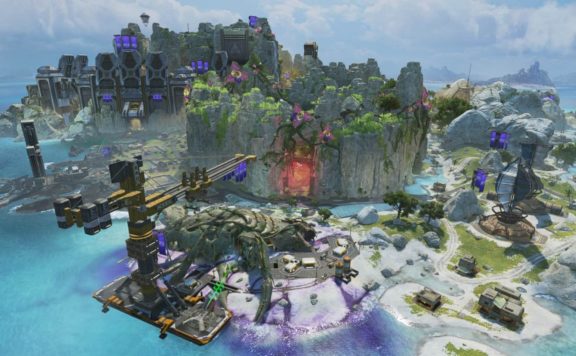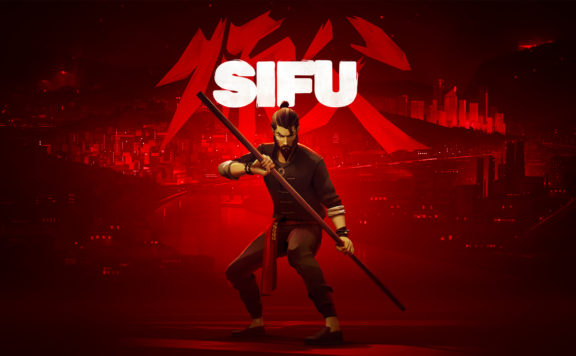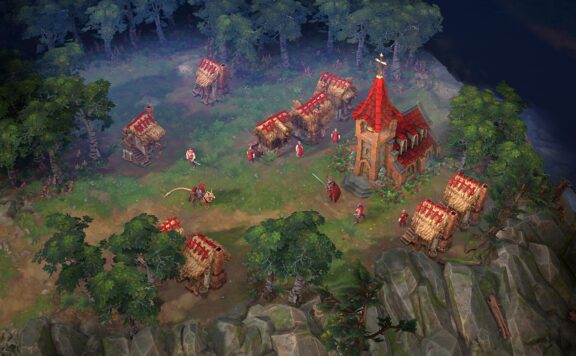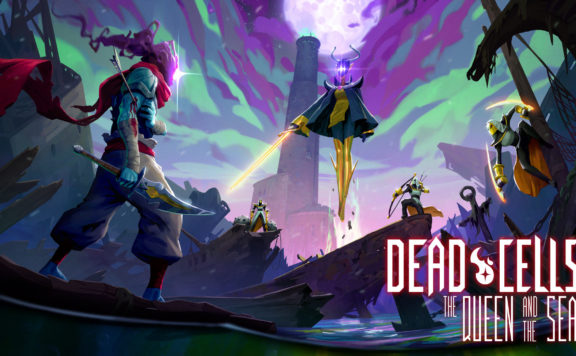As with any industry, the gaming world tends to go through trends, with new genres and gameplay styles rising to the forefront and dominating the market. Back in the early 2000s, we saw the rise of the first-person shooter with titles like Call of Duty and Halo, before massive multiplayer online role-playing games (MMORPGs) such as World of Warcraft and Runescape took center stage. More recently, the battle royale genre has exploded in popularity, with hundreds of new games being released that follow the same basic formula: drop many players onto a shrinking map and fight until only one remains.

For many players, the allure of battle royale titles lies in their fast-paced, intense gameplay and the thrill of outlasting dozens (sometimes hundreds) of other players. After all, there’s nothing quite like the rush of being crowned the last person/team standing. However, as with any trend, there comes a time when it becomes saturated and starts to feel repetitive. As more developers jump on the bandwagon without bringing anything new to the table, players can start to feel burnt out on the same formula.
Enter Smashverse, a new battle royale game that looks set to revolutionize the format by bringing an entirely unique twist to this beloved gaming category: asset ownership. In the game, players can participate in large 30-player matches set in a variety of different environments. However, unlike other battle royale titles, players will be able to purchase, collect, and own certain assets within the game and sell them on the secondary market.

But that’s not all Smashverse brings to the party.
Instead of the same old gunplay seen in most battle royale games, Smashverse will focus on melee-based combat and can choose from a deep variety of fighter archetypes (many of which are inspired by famous pop culture characters and martial arts legends).

But, before we take a deeper dive into Smashverse, let’s first take a look at the history of battle royale games and how the genre was first formed.
A brief history of battle royal games
While you could argue that the genre has roots in late 1990s Japan, the battle royal concept only started to catch on after the release of the original Hunger Games books in 2008. This popular franchise, in which the protagonist Katniss Everdeen must fight against other tributes for survival, inspired many amateur game developers to build mod versions for existing titles, such as Minecraft and Arma 2.
The genre saw its first major breakthrough with PlayerUnknown’s Battlegrounds (PUBG) release in 2017. In PUBG, 100 players are dropped onto a massive map with limited resources and must fight to be the last person standing. Its immense success sparked a wave of copycat titles, including Fortnite and Apex Legends.

Even hugely popular AAA game franchises such as Battlefield and Call of Duty eventually jumped on the bandwagon. The latter of these two released a free-to-play version called Warzone, which still continues to dominate the battle royale market, helping the Call of Duty franchise to hit $30 billion in revenue this year.

On top of this, the battle royale genre lends itself extremely well to the eSports arena, particularly with popular titles like Fortnite, PUBG, and APEX Legends consistently drawing in huge audiences for competitive tournaments.
Battle Royale: A mix between gaming and social media
One of the most interesting aspects of battle royale titles is the amount of customization they offer players, particularly with character skins, cosmetics, and emotes.
In fact, you could argue that Fortnite has become somewhat of a cultural phenomenon, with its colorful skins and dances being emulated by everyone from middle schoolers to professional athletes.

Last year, Epic, the developer for Fortnite, revealed they made $50 million from just one set of character skins. However, one of the key issues with the battle royale genre is that, once you’ve spent your money on in-game cosmetics, you can’t trade them or sell them to other players. After you’ve shelled out your hard-earned cash, those cosmetics are permanently locked to your account and cannot be used by anyone else.
Nobody has questioned this model for a long time, and players have been left with little choice but to accept that their in-game items are doomed to be locked within the “walls” of each game they play.
Smashverse: Own your digital assets
In Smashverse, players have full ownership and control of their digital assets, meaning they can buy, sell, and trade skins, emotes, and other cosmetics on a marketplace run by the Smashverse team. This is made possible thanks to Web3 technology, which means that each of the in-game items you purchase, whether a skin for your character or an emote to flex on your opponents, will be stored on the blockchain as non-fungible tokens (NFTs).

In turn, this grants players the ability to truly own and control these items, unlike in other battle royale games. In addition, Smashverse plans to host tournaments and eSports events between players and clans (a feature that allows players to create and manage teams), upon which the victors will be awarded $SMASH tokens, which can be exchanged for in-game items or real-world currency.
SNFTs
SNFTs are another interesting development being introduced by the Smashverse team. Without getting too technical, the Smashverse has connected some of its in-game items (NFTs) to Twitter accounts, thus creating the world’s first social NFTs.

If you are the owner of an SNFT, you can tweet and upload content on behalf of the character (Titan) minted on it. You will own the rights to it until you decide to sell it or trade it to another player, upon which access to the Twitter account is transferred to the new owner. Of course, this opens up a new world of opportunities for players to interact with each other and even profit from their gameplay.
For instance, players who can forge a unique identity for their Titans when posting on the linked account may be able to increase the value of their SNFT, which is a totally unique concept in the Web3 world, not to mention the gaming industry as a whole.
“We envision a world where two SNFTs with very similar traits are valued differently due to one having more reach or social history than the other. SNFTs are the future of web3 social and gaming, and we’re excited to be the first to launch them,” said the Smashverse team.

Players will be able to access their SNFTs through the game SNFT Portal, which only the holders of that particular Titan will have access to.
Could Smashverse be a major player?
Smashverse may be one of the first titles to truly implement these technologies in a way that is innovative and adds value for players. Smashverse could disrupt the battle royale genre as we know it and pave the way for other games to embrace the ownership and trading of in-game assets.
With that said, it remains to be seen if Smashverse will be able to carve out a place for itself amongst the current giants in the battle royale scene, but one thing is for certain: it’s definitely worth keeping an eye on.







